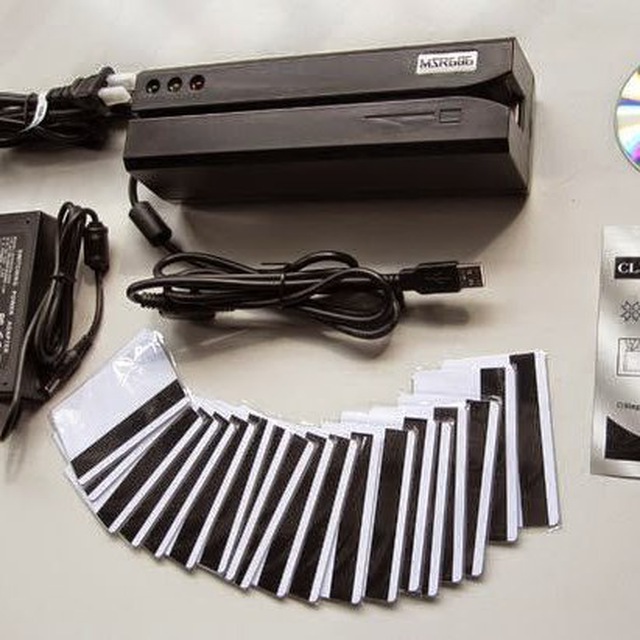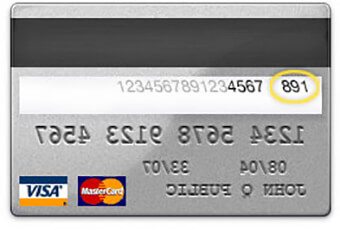Difference between Dumps and CVV – Updated for Newbies
Introduction
In the world of online transactions and financial security, terms like “Dumps” and “CVV” are often used interchangeably. However, there are significant differences between the two that can have a profound impact on the safety of your financial information. Understanding these differences is crucial for anyone who wants to navigate the digital landscape with confidence. In this article, we will explore the dissimilarities between dumps and CVV, shedding light on their distinct characteristics and purposes. So, let’s dive in and unravel the mysteries behind dumps and CVV!
What are Dumps?
Dumps are data stolen from the magnetic stripe of a credit or debit card.
When carders gain unauthorized access to your credit or debit card information, they extract the data from the magnetic stripe using skimming devices or hacking techniques. This stolen data is commonly referred to as “dumps.” These dumps contain vital details such as the cardholder’s name, card number, expiration date, and the encrypted PIN.

How are Dumps Obtained?
Carders obtain dumps through various methods.
To acquire dumps, hackers employ a range of malicious techniques. Some of the common methods include:
- Skimming: Criminals attach skimming devices to ATMs or payment terminals, which covertly capture the magnetic stripe data when a card is swiped.
- Hacking: Sophisticated hackers breach databases or point-of-sale systems to extract dumps.
- Phishing: Criminals trick users into divulging their card details through fraudulent emails, websites, or phone calls.
The Contents of Dumps
Dumps contain vital card information that can be exploited for fraudulent activities.
The data within dumps typically includes:
- Cardholder’s Name: The full name of the person to whom the card is issued.
- Card Number: The unique identification number assigned to the card.
- Expiration Date: The date after which the card is no longer valid.
- Encrypted PIN: The Personal Identification Number (PIN) associated with the card.
It is important to note that dumps do not contain the Card Verification Value (CVV) or the Card Verification Code (CVC) that are used for online transactions. These values are usually located on the back of the physical card and are not stored in the magnetic stripe data.
What is CVV?
CVV is a security feature designed to protect online transactions.
CVV, also known as Card Verification Value or Card Verification Code, is a three- or four-digit number found on the back of most credit and debit cards. It serves as an additional layer of security to verify the authenticity of the card during online transactions.

How does CVV Work?
CVV acts as a unique identifier for card verification during online transactions.
When making an online purchase, you are typically required to provide your card number, expiration date, and CVV. The CVV helps validate that you possess the physical card during the transaction. Since the CVV is not encoded in the magnetic stripe, it adds an extra level of security that makes it difficult for hackers to use stolen dumps for online purchases.
The Importance of CVV
CVV enhances the security of online transactions and protects against fraudulent activities.
The primary purpose of CVV is to mitigate the risk of unauthorized online transactions. By requiring the CVV, merchants can confirm that the person making the purchase has the physical card in their possession. This extra layer of security significantly reduces the chances of fraudulent transactions and helps safeguard the cardholder’s funds.
FAQ
1. What is the main difference between dumps and CVV?
The main difference between dumps and CVV lies in their purpose and the information they contain. Dumps refer to stolen data from the magnetic stripe of a credit or debit card, including the cardholder’s name, card number, expiration date, and encrypted PIN. On the other hand, CVV is a security feature represented by a three- or four-digit number found on the back of the card. It is used to validate online transactions and confirms the authenticity of the cardholder.
2. Can dumps be used for online transactions?
Dumps alone cannot be directly used for online transactions. While they contain vital card information, such as the cardholder’s name, card number, and expiration date, they do not include the CVV or Card Verification Code required for online purchases. The absence of the CVV makes it challenging for hackers to use dumps for online activities.
3. Is CVV the same as a PIN?
No, CVV is not the same as a PIN. While both serve as security measures for card transactions, they have distinct purposes. CVV is used for online purchases to verify the authenticity of the card during the transaction. It is a three- or four-digit number found on the back of the card. On the other hand, the PIN (Personal Identification Number) is used for in-person transactions and ATM withdrawals to verify the cardholder’s identity.
4. Are dumps and CVV equally vulnerable to theft?
Dumps and CVV are susceptible to theft, but they differ in terms of their vulnerability and risk. Dumps, which are stolen from the magnetic stripe, are typically obtained through skimming devices, hacking, or phishing methods. In contrast, CVV can be compromised through phishing attacks or if the cardholder shares the code with unauthorized individuals. However, due to the absence of the CVV in dumps, hackers face additional hurdles when attempting to use the stolen data for online transactions.
5. How can I protect myself from dumps and CVV theft?
To protect yourself from dumps and CVV theft, it is important to follow these practices:
- Be cautious when using ATMs and payment terminals, checking for any suspicious devices attached to them.
- Regularly review your financial statements for any unauthorized transactions.
- Keep your card in a secure place and avoid sharing your PIN or CVV with anyone.
- Be wary of phishing attempts and avoid clicking on suspicious links or providing sensitive information to untrusted sources.
6. What should I do if my dumps or CVV are stolen?
If you suspect that your dumps or CVV have been stolen, it is crucial to take immediate action to minimize potential damage:
- Contact your bank or card issuer and report the incident.
- Request a new card and ask for the old one to be canceled.
- Monitor your financial statements closely for any unauthorized activity.
- Consider placing a fraud alert on your credit report to provide an extra layer of security.
Conclusion
In conclusion, understanding the difference between dumps and CVV is essential for safeguarding your financial information in an increasingly digital world. Dumps refer to stolen data from the magnetic stripe of a card, while CVV is a security feature used to validate online transactions. While both can be targets of hackers, the absence of the CVV in dumps makes it more challenging for them to exploit the stolen data for online fraud. By familiarizing yourself with these terms and implementing best security practices, and experiencing the best carding processes including legit cashouts
So dumps are for in-store carding only!
The choice is yours which way to follow and what stuff to buy CC or dumps. or you could buy in the online shop –
Henceforth, WE WISH TO ANNOUNCE THAT OUR SERVICES ARE NOT AVAILABLE TO PEOPLE FROM NIGERIA AND INDIA. THESE ARE USELESS TIME WASTERS AND THIEVES TRYING TO BEG OR SCAM US OF OUR PRODUCTS. OUR SERVICES ARE NOT FREE AND PAYMENT IS UPFRONT
A LOT OF FOOLS FROM NIGERIA AND INDIA. on the off chance that YOU DON’T TRUST TO USE OUR SERVICES, DON’T CONTACT US AS WE HAVE NO FREE SERVICE
CONTACT US FOR PURCHASE/INQUIRIES, WE RESPOND ALMOST INSTANTLY
HI BUYERS, WE ARE A PROFESSIONAL CARDING AND HACKING TEAM. HOVATOOLS HAS BEEN AROUND SINCE THE TIME OF EVO MARKET, ALPHABAY, WALLSTREET MARKET AND MORE. WE REMAIN STRONG AND RELIABLE IN THE INDUSTRY, ALWAYS PROVIDING YOU WITH THE BEST QUALITY TOOLS TO HELP YOU MAKE MONEY AND MAXIMIZE PROFIT IN THE FRAUD GAME.
TO GET STARTED, YOU CAN VISIT OUR ONLINE SHOP/STORE TO BUY EVERYTHING YOU NEED TO START CASHING OUT. AT THE SHOP YOU GET Accounts & Bank Drops CVV & CARDS DUMPS PERSONAL INFORMATION & SCAN.
BANK HACKING SOFTWARE – WIRE/ACH DARKWEB MONEY TRANSFER HACKERS
Buy Fresh Credit Cards for Carding, BIN LIST Buy Bank Login, RDP, Buy Hacked Paypal accounts. Contact us to buy all tools and carding software. CLICK HERE TO VISIT OUR SHOP
Buy Socks 5, Email Leads, Buy Latest CC to Bitcoin Cashout Guide, Buy Hacked Zelle transfer , Western Union Money Transfer Hack, Buy Hacked Money Transfer service to your bank account.
Enroll for Paid private Carding Class.



![Read more about the article LATEST CVV CARDING TUTORIAL [OPERATING SYSTEMS] FOR NEWBIES](https://hovatools.com/wp-content/uploads/2022/02/hovatool-post-image-3-300x225.jpg)